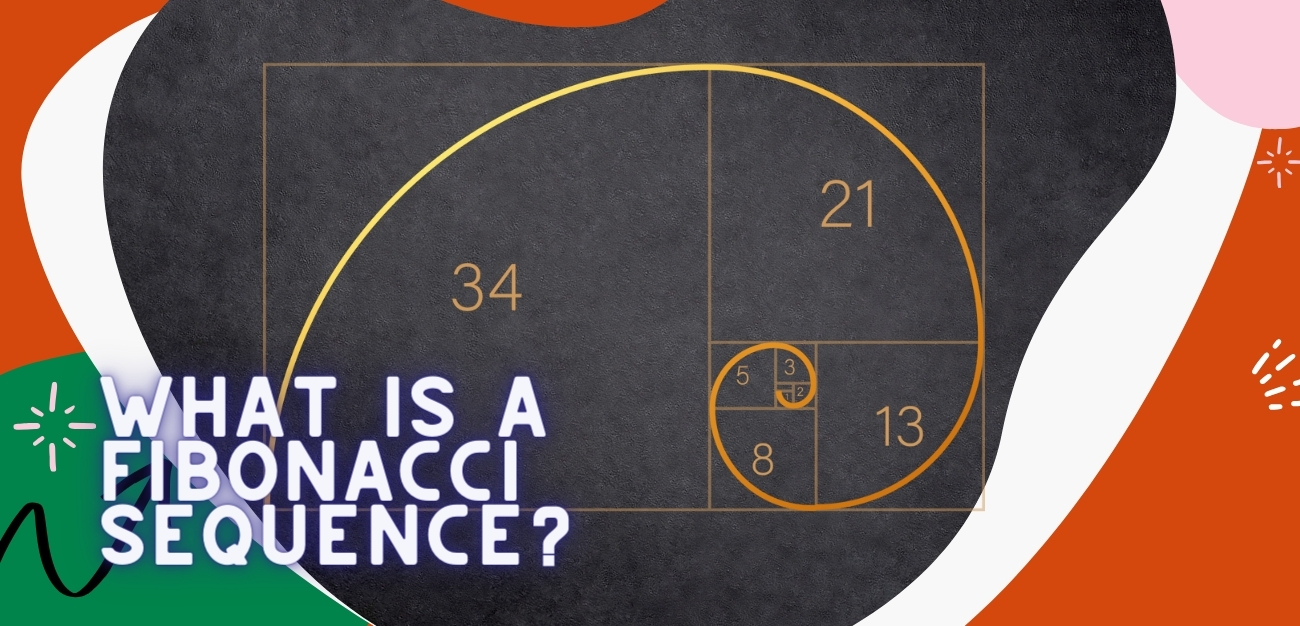Have you ever tried to help your child with their math homework and found yourself perplexed, especially when confronted with something as exotic-sounding as a Fibonacci Sequence? You’re not alone. Many parents share your bewilderment when their little ones ask them complex mathematical questions. This blog post is all geared up to make your life a little easier.
Today, we will delve into understanding one of mathematics’ most interesting and widespread concepts and answer the question, “What is the ‘Fibonacci Sequence?’ We’ll explain it in a way that you can easily grasp and successfully relay to your child when helping with their homework. Furthermore, we will also throw light on other ways you can assist your child in comprehending mathematics better. So shall we dive right in?
- What is the Fibonacci Sequence, and how can you explain it to a child?
- Why do kids need to learn about Fibonacci Sequences?
- How can you enable your child to better understand math?
Before diving in, let’s get our minds warmed up with a little teaser. If we told you that the Fibonacci Sequence finds its presence in honeybees, sunflower seeds, and even in famous artworks like the Mona Lisa, would you believe us? Let’s find out!
Breaking Down the Fibonacci Sequence
Imagine in front of you a straightforward sequence of numbers that surfaces in nature, art, and mathematics with a surprising frequency. This trail of numbers is none other than the Fibonacci sequence, but how does it work? Don’t fear, let’s dive into it together.
In its simplest explanation, the Fibonacci sequence is a series in which each number is the sum of the two preceding ones. Expressed mathematically, this relates to the formula:
F(n) = F(n-1) + F(n-2)
Are you following? This might all sound a bit complicated, but it essentially means that after starting with 0 and 1, the “next” number in line is always the sum of the previous two numbers. For example, look at this sequence: 0, 1, 1, 2, 3, 5, 8, 13, 21, 34, and so on.
The first and second numbers (0 and 1) are the starting point of the sequence. After that, 1 is the sum of the first two numbers (0 + 1), 2 is the sum of the two numbers before it (1 + 1), and it continues in this pattern. Next would be 3 (1 + 2), then 5 (2 + 3), and so on.
Ready for some fun? Try to work out the next number in the sequence. If you said 55, you’re spot on! And that’s because 21 + 34 indeed equals 55. See how it works? Now you can engage your child and make it an exciting game.
Why Understanding Fibonacci Is Important for Math Homework
You might be wondering, “Why should my child need to understand the Fibonacci sequence? Is this knowledge essential for their day-to-day math homework?” Well, let’s take a closer look.
The beauty of the Fibonacci sequence lies not only in its unique pattern but also in its prevalence in various aspects of mathematics and beyond. Here are a few reasons why understanding the Fibonacci sequence could be beneficial:
- Pattern Recognition: The sequence is a simple and perfect example of how numbers can create patterns. This might help your children see the math world from a fresh perspective, easing their monotony with number crunching.
- Nature Ties: It’s incredible how this sequence is found replicated in nature – ranging from the arrangement of sunflower seeds to the spiral of galaxies. Knowing this can make math appear less abstract and more tangible, associating numbers with real-life phenomena.
- Ancillary Learning: Gaining a solid understanding of the Fibonacci sequence can indirectly help with learning other mathematical concepts like sequences, pattern recognition, algebra, and even geometry.
Remember, the ultimate goal is not just for your children to solve their math homework. It is to instill in them a deeper appreciation and understanding of mathematics, moving from memorization of math to truly grasping the beauty and ubiquity of numbers in our world. Understanding the Fibonacci sequence can help to achieve this goal.
Naturally, there can be some initial hiccups while explaining the sequence to a child. However, you’ll find that with a bit of patience and creativity, simplifying complex mathematical concepts is quite achievable!
Tips on How to Explain The Fibonacci Sequence to Your Child
When explaining the Fibonacci sequence, it’s crucial to break it down into digestible chunks. Here are some tips to help you navigate your way through:
- Start Simple: Begin with the simple definition and progress slowly through the sequence. It often helps to write it down and visually illustrate the pattern that’s created.
- Use Real World Examples: Discuss how the fibonacci sequence appears in nature. For instance, you could talk about the spirals on a sunflower or a pinecone.
- Make It Interactive: Encourage your child to continue the sequence on their own or find the Fibonacci sequence in various scenarios – like art, architecture or even in their own finger count.
Remember, every child learns at their own pace. If at first they don’t grasp the concept, that is perfectly fine. The goal is to nurture curiosity and build a love for mathematics, not to rush comprehension. And who knows, you might even learn something new along the way!
Encouraging Curiosity And Critical Thinking In Math
It’s fundamental for kids to develop an in-depth understanding of math, not just rote memorization of formulas and rules. Curiosity and critical thinking are key components of this understanding. So, how do we foster this?
Intersection of Mathematics and Everyday Life: Start by connecting math to everyday life. Whether it’s calculating change at the grocery store, or figuring out how long it will take to travel to Grandma’s house, there are countless real-world applications of math.
Remember, the goal is to facilitate connections between what your child learns in school and how it translates to everyday life.
Creating a Math-Friendly Environment: Next, consider creating an environment at home that encourages a love for math. Include math-based games, puzzles, and books in your child’s playtime. This not only reinforces what they are learning in school, but also demonstrates that math can be fun!
- Multiplication War, using a simple deck of cards, can help reinforce multiplication facts.
- Sudoku puzzles can develop logical thinking and problem-solving skills.
- Children’s books like The Math Curse or How Much Is a Million? can visualize large numbers and mathematical concepts.
Encouraging Critical Thinking: Finally, encourage your child to question and reason. When they’re working on homework or just playing a game, ask “How did you come to that conclusion?” or “Can you think of a different solution?” These types of questions promote critical thinking and problem-solving skills.
Remember, the objective is not to overwhelm them but to instill a sense of excitement and engagement with mathematics. The Fibonacci sequence could just be the beginning; there is an entire world of mathematics waiting to be explored!
Using Engaging Tools
Fostering a love for mathematics in your child can seem daunting, but by using engaging tools like the Fibonacci sequence, you’re making math more approachable and interesting for them. Remember, the ultimate goal is not just giving you child homework help, but nurturing their critical thinking and curiosity. In doing so, you equip them with an invaluable skill that will serve them well beyond their school years. This delightful journey may just start with Fibonacci, but who knows where it could lead? The vast universe of math is full of fascinating concepts waiting to be discovered with your child.
For more information on the Fibonacci sequence and other math concepts, sign up for our Bulletin today!





